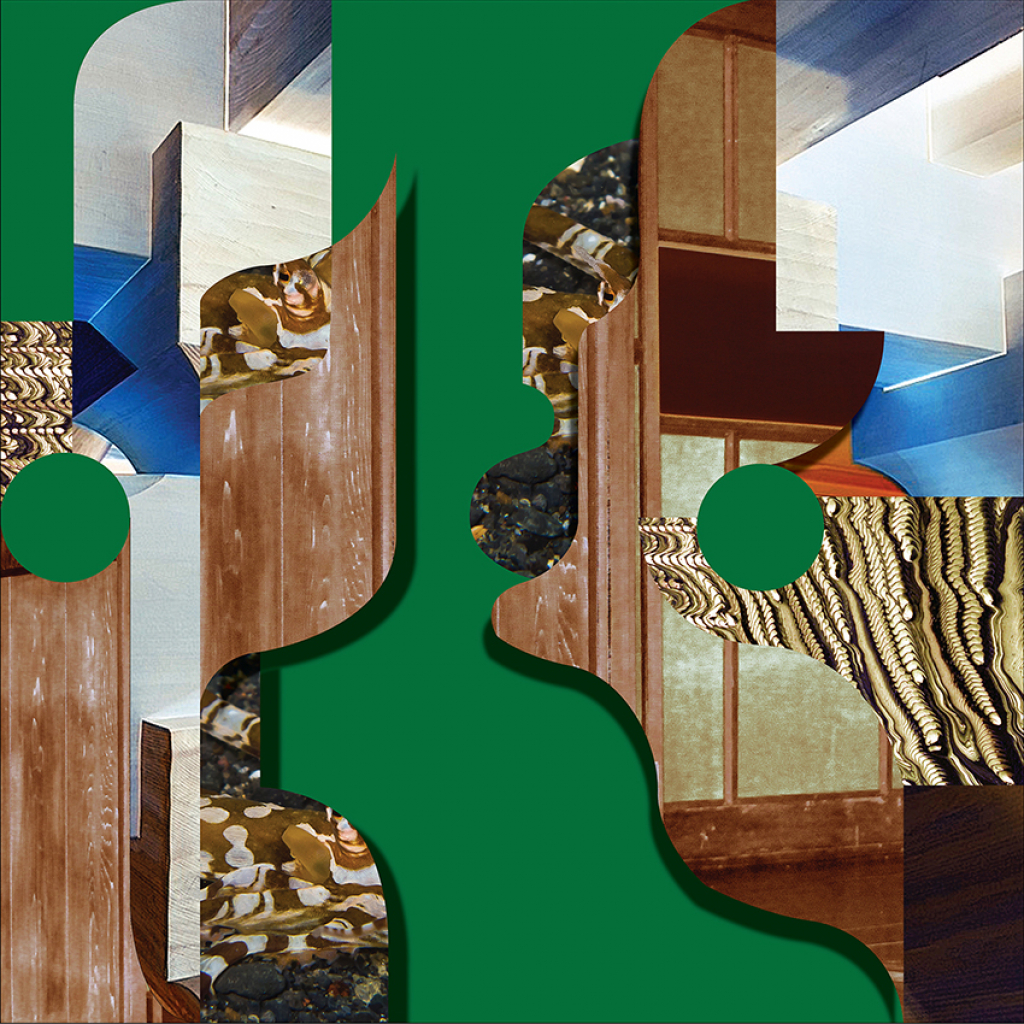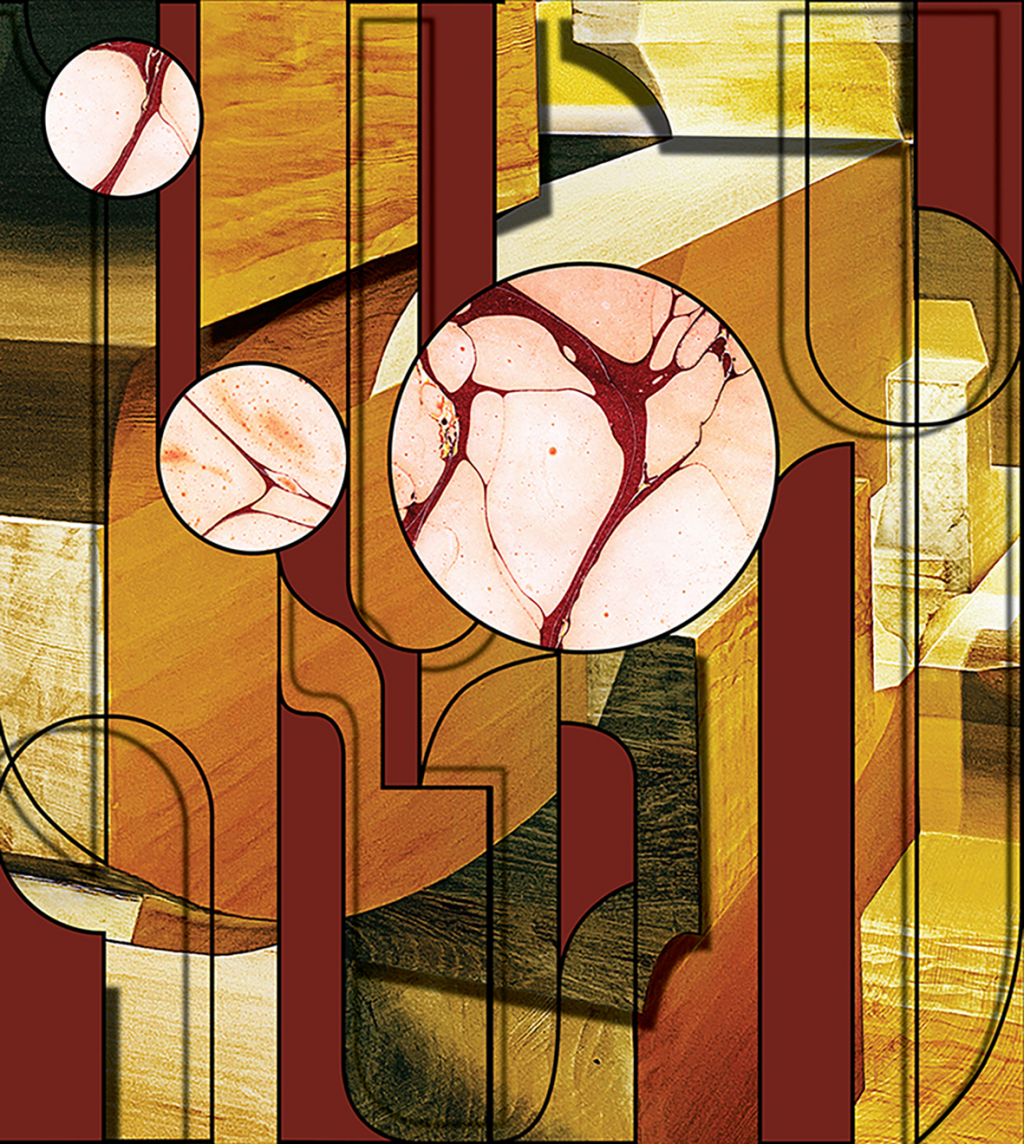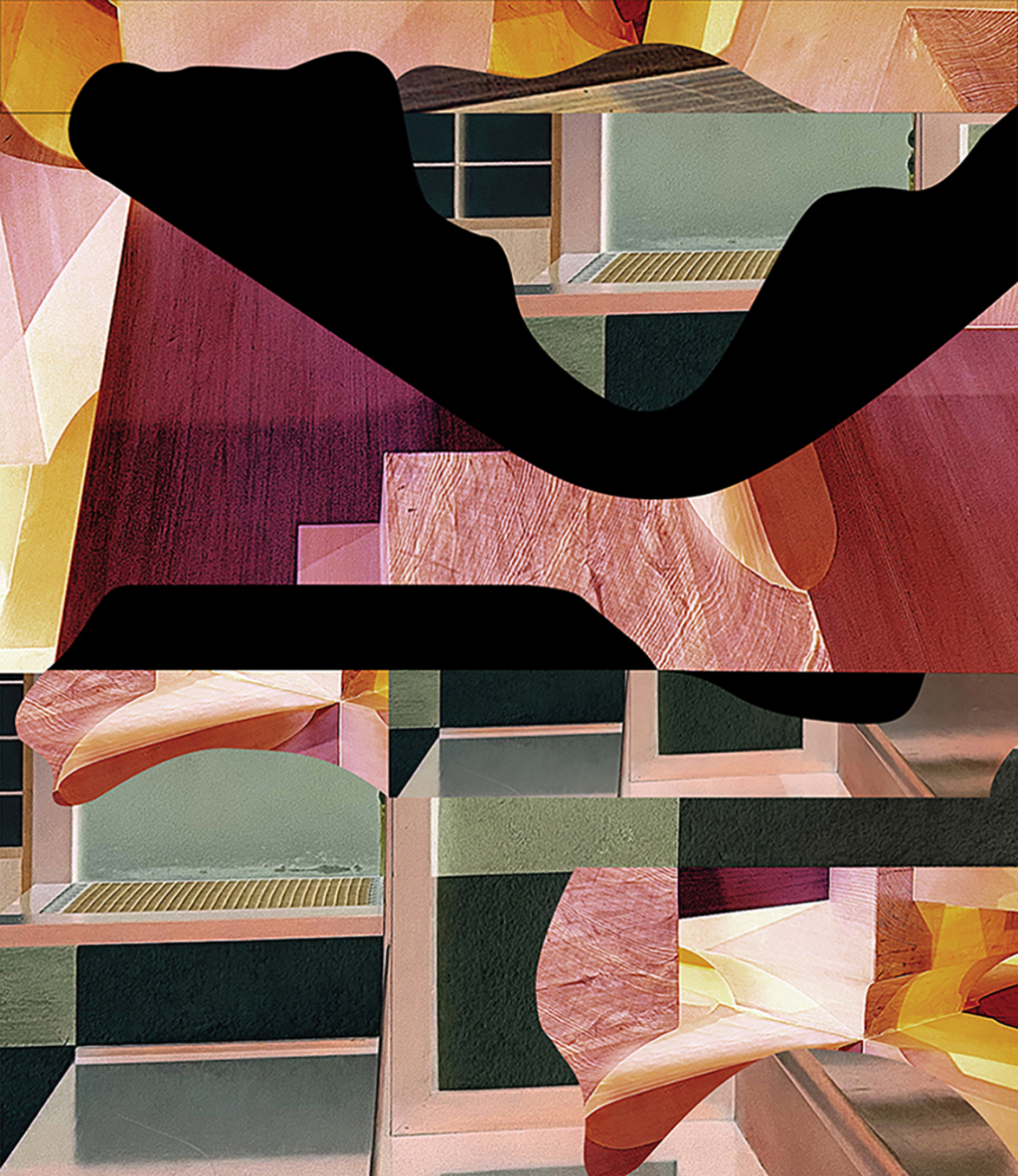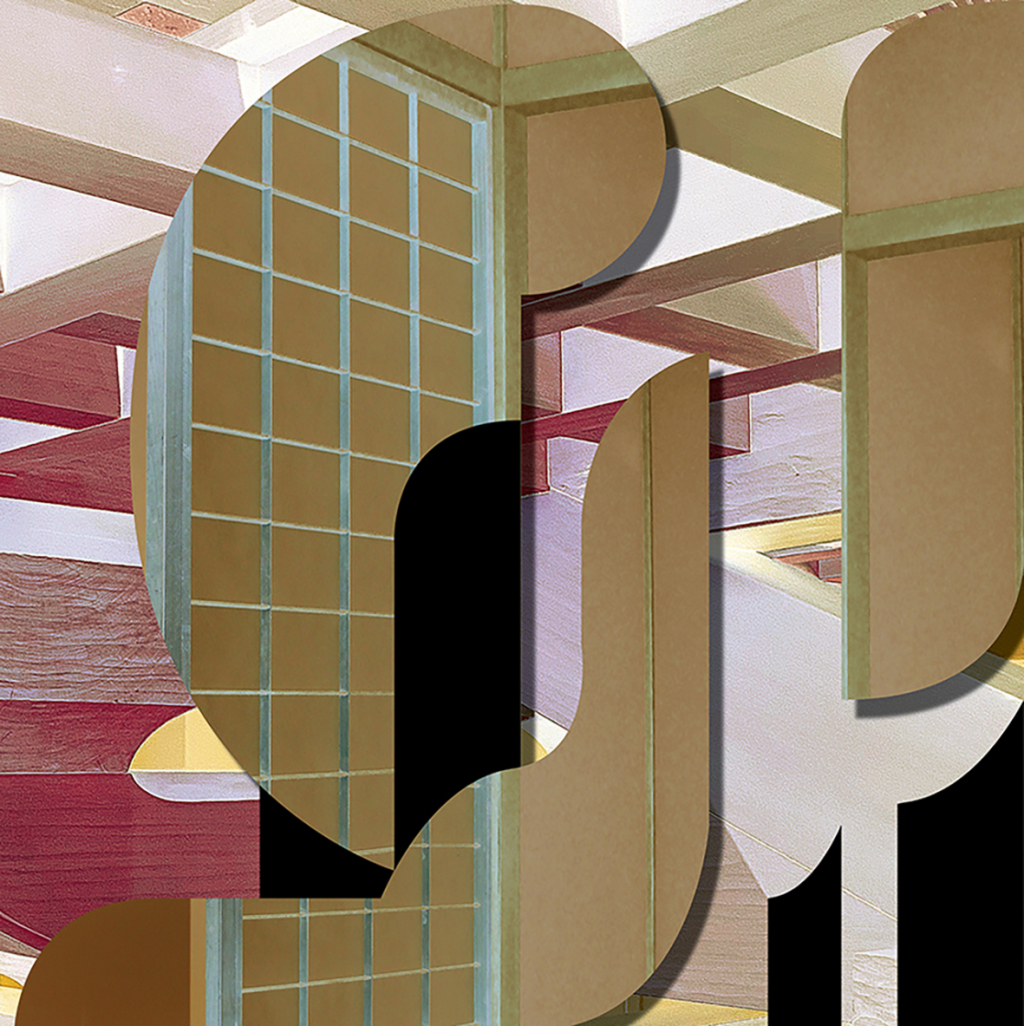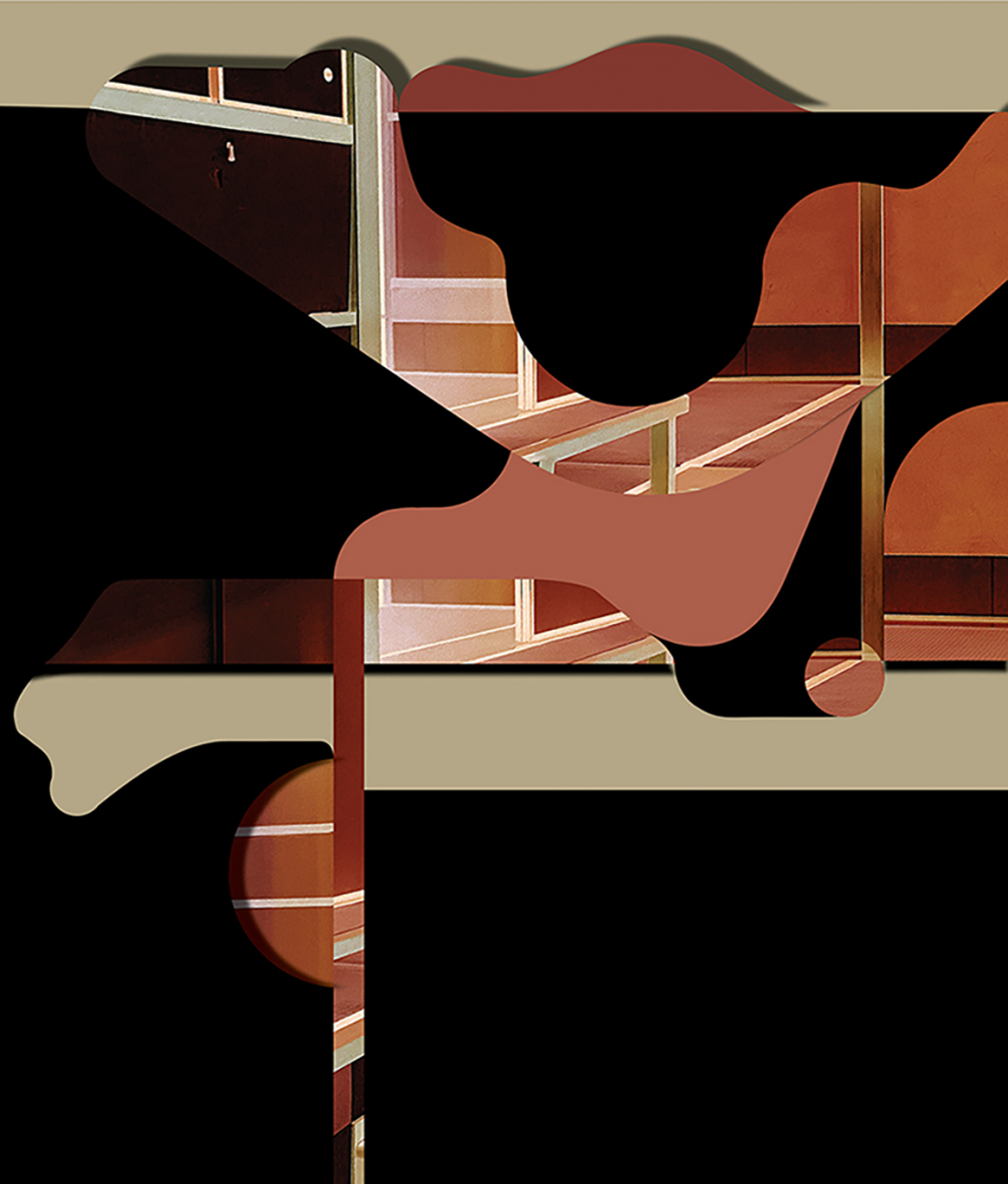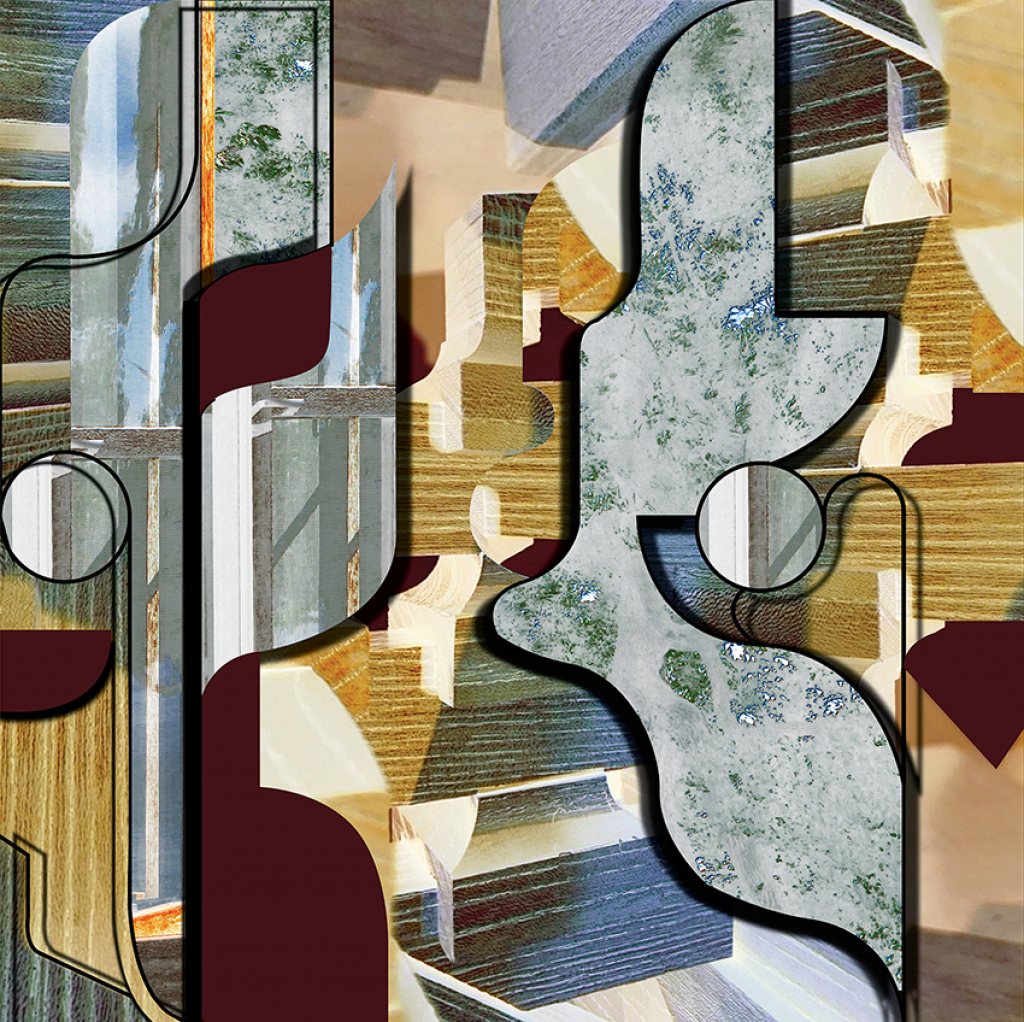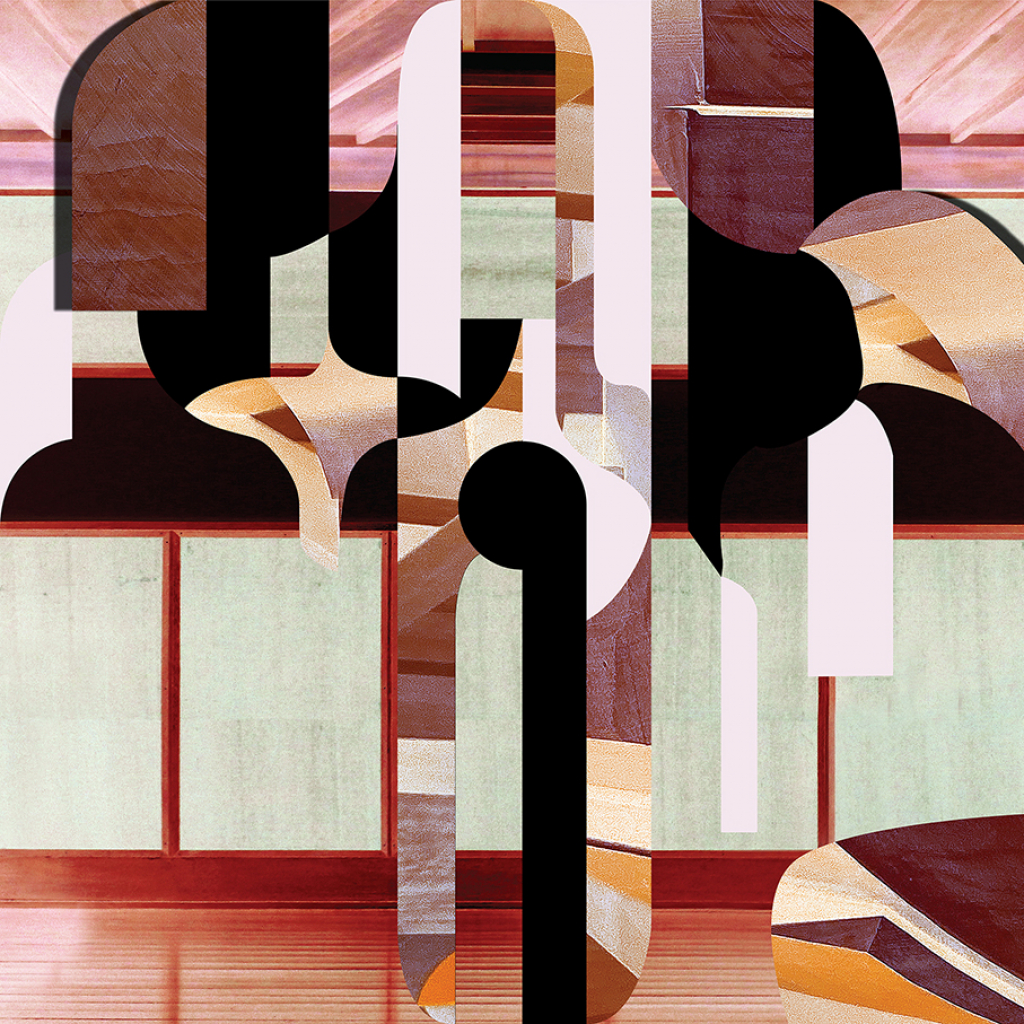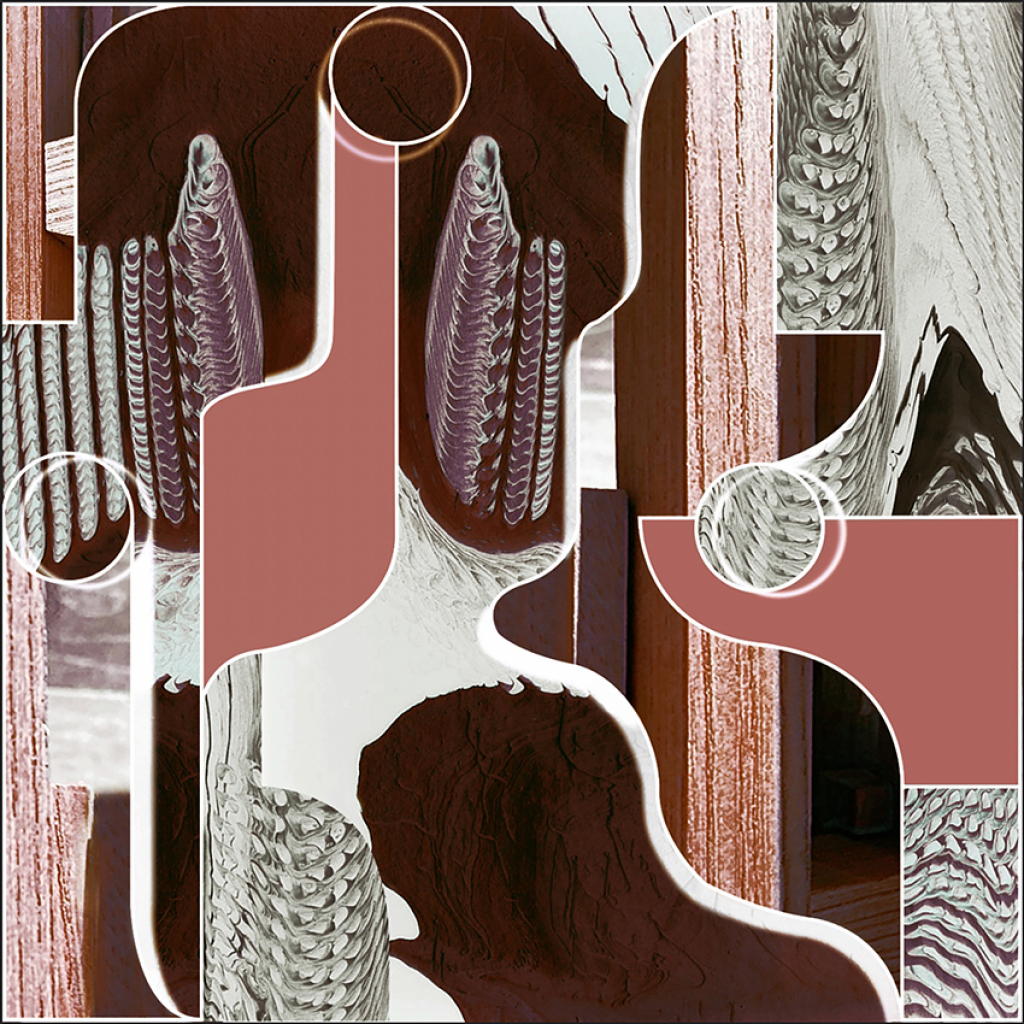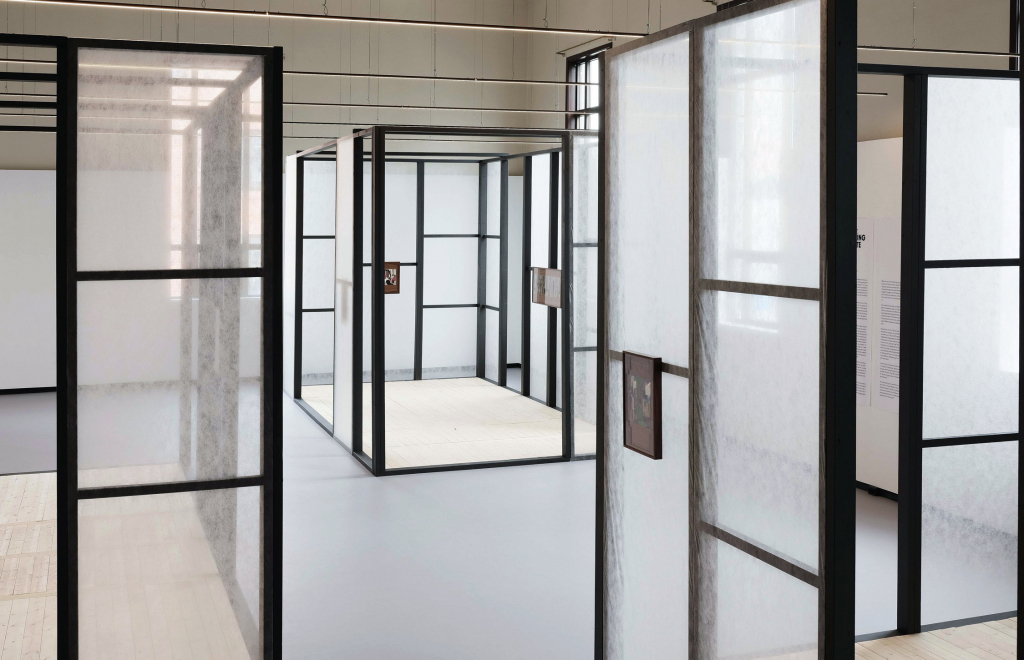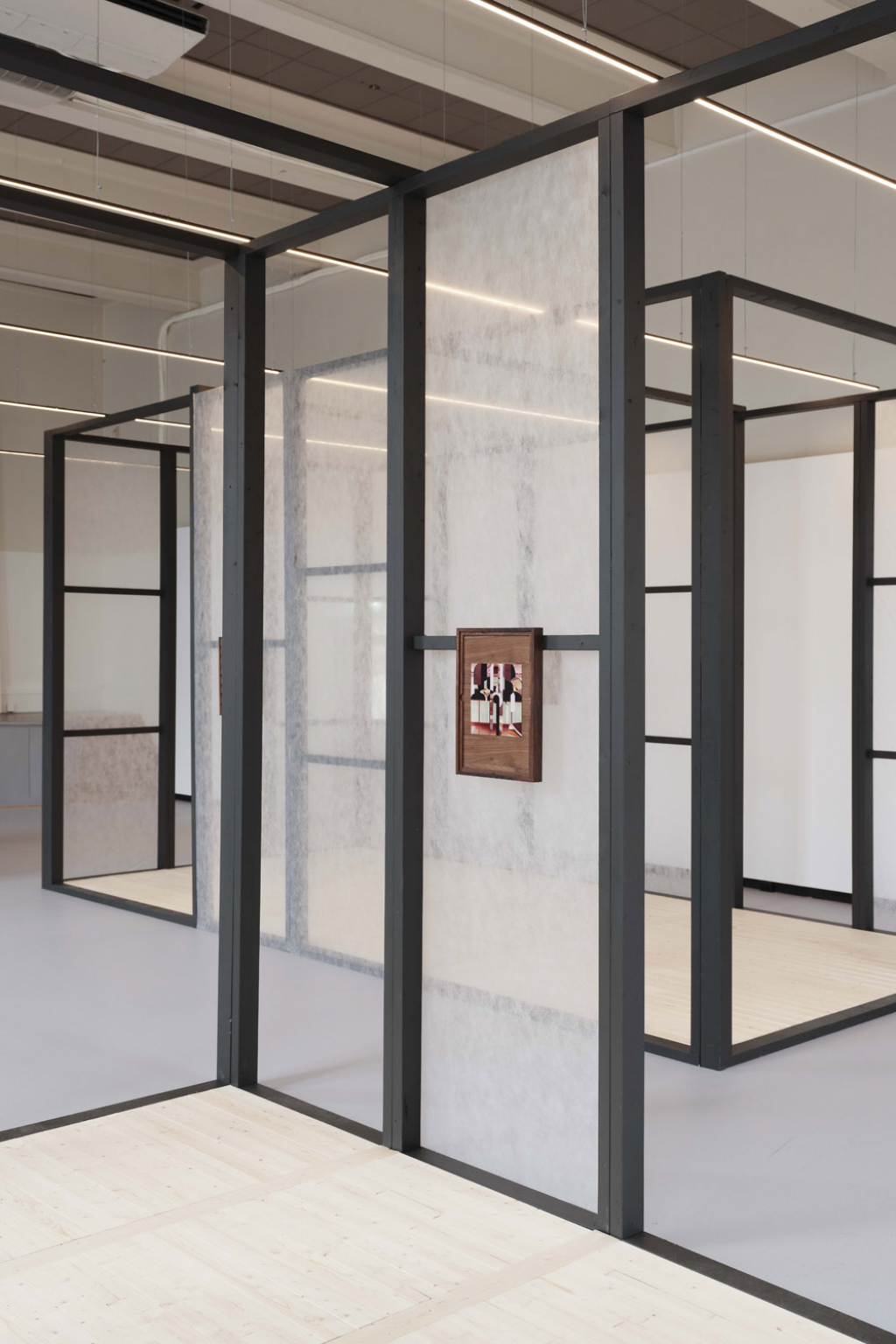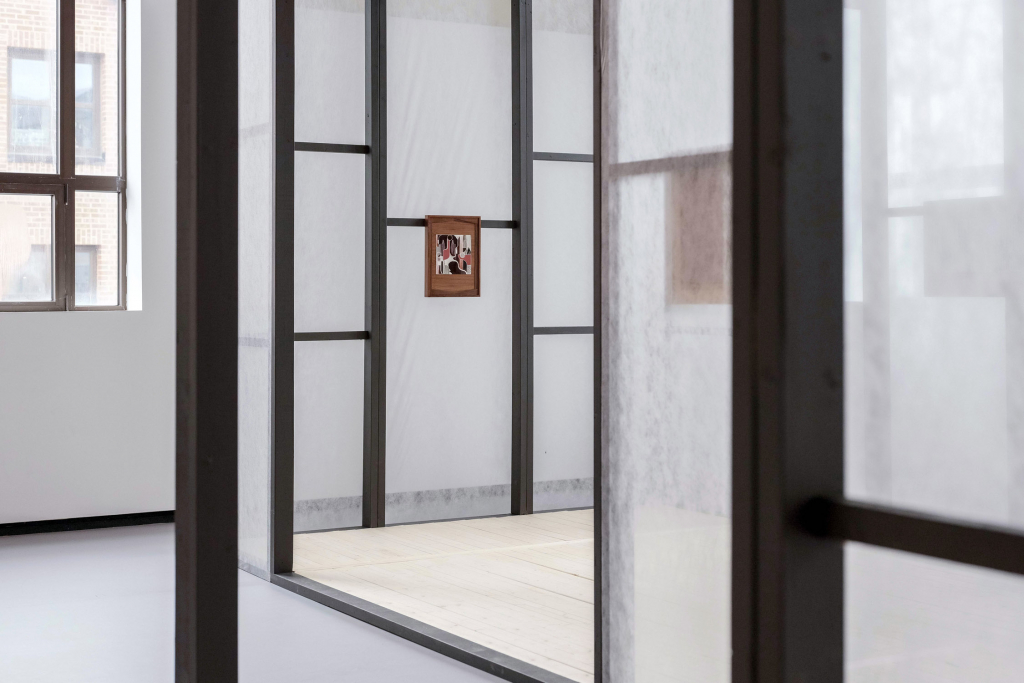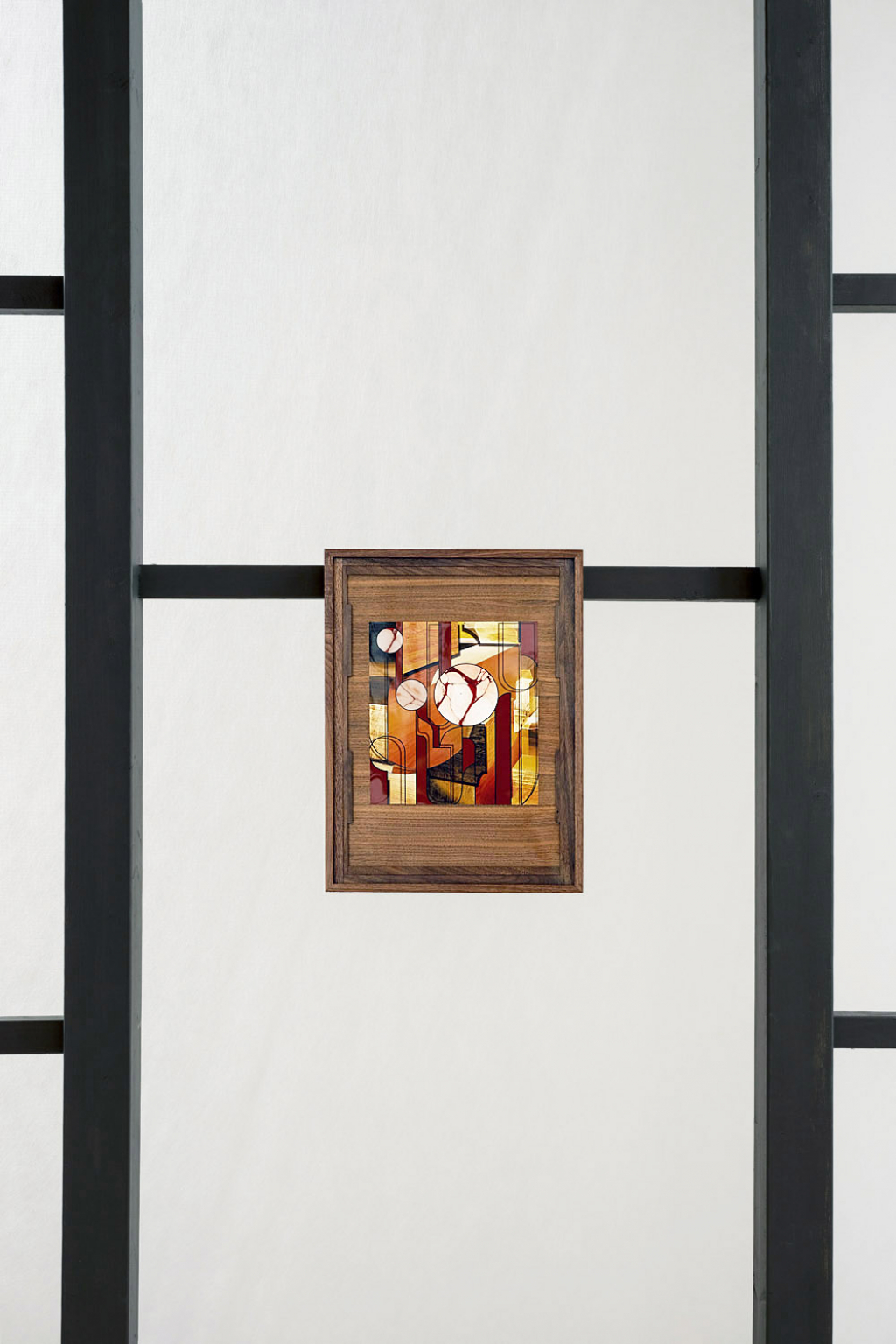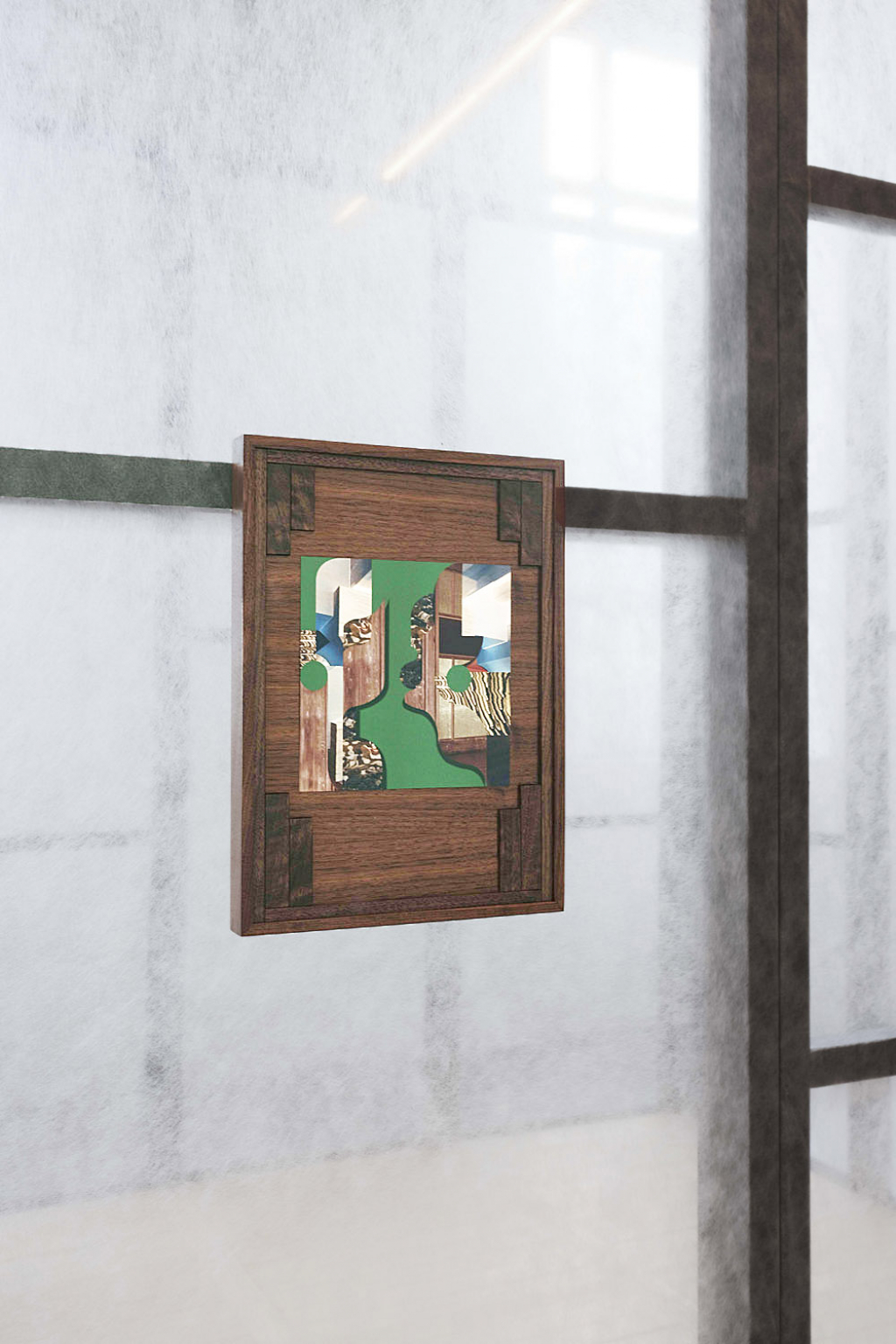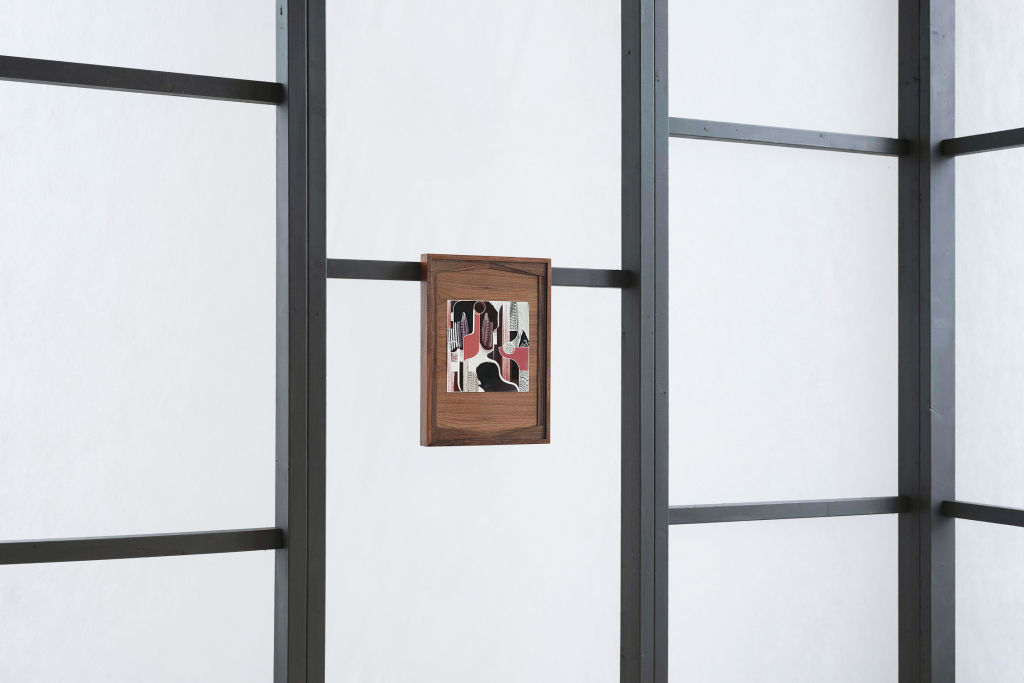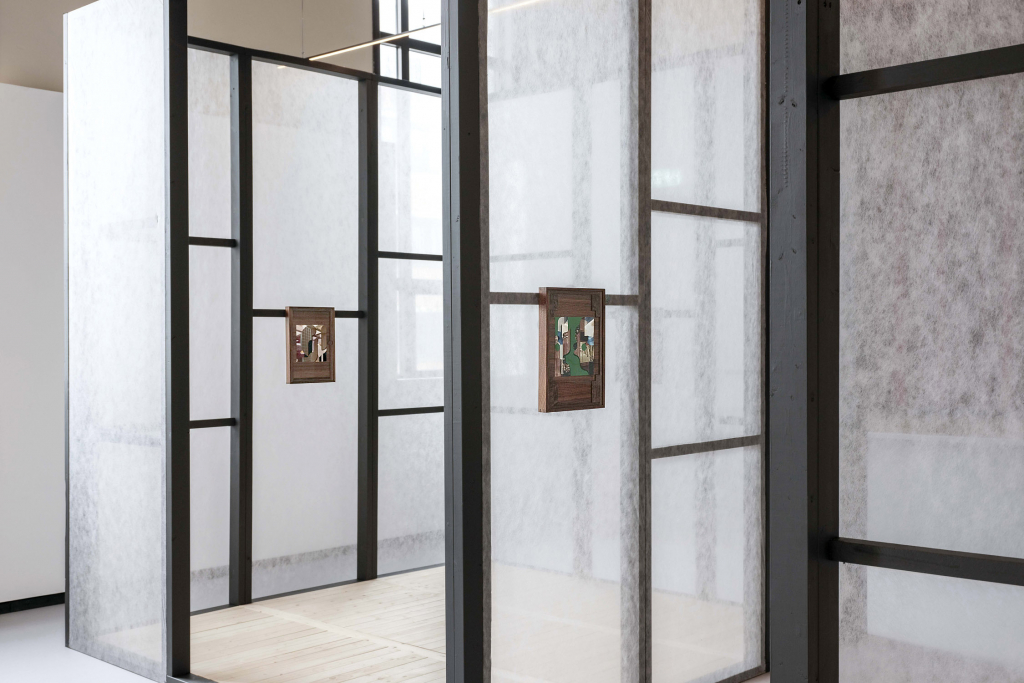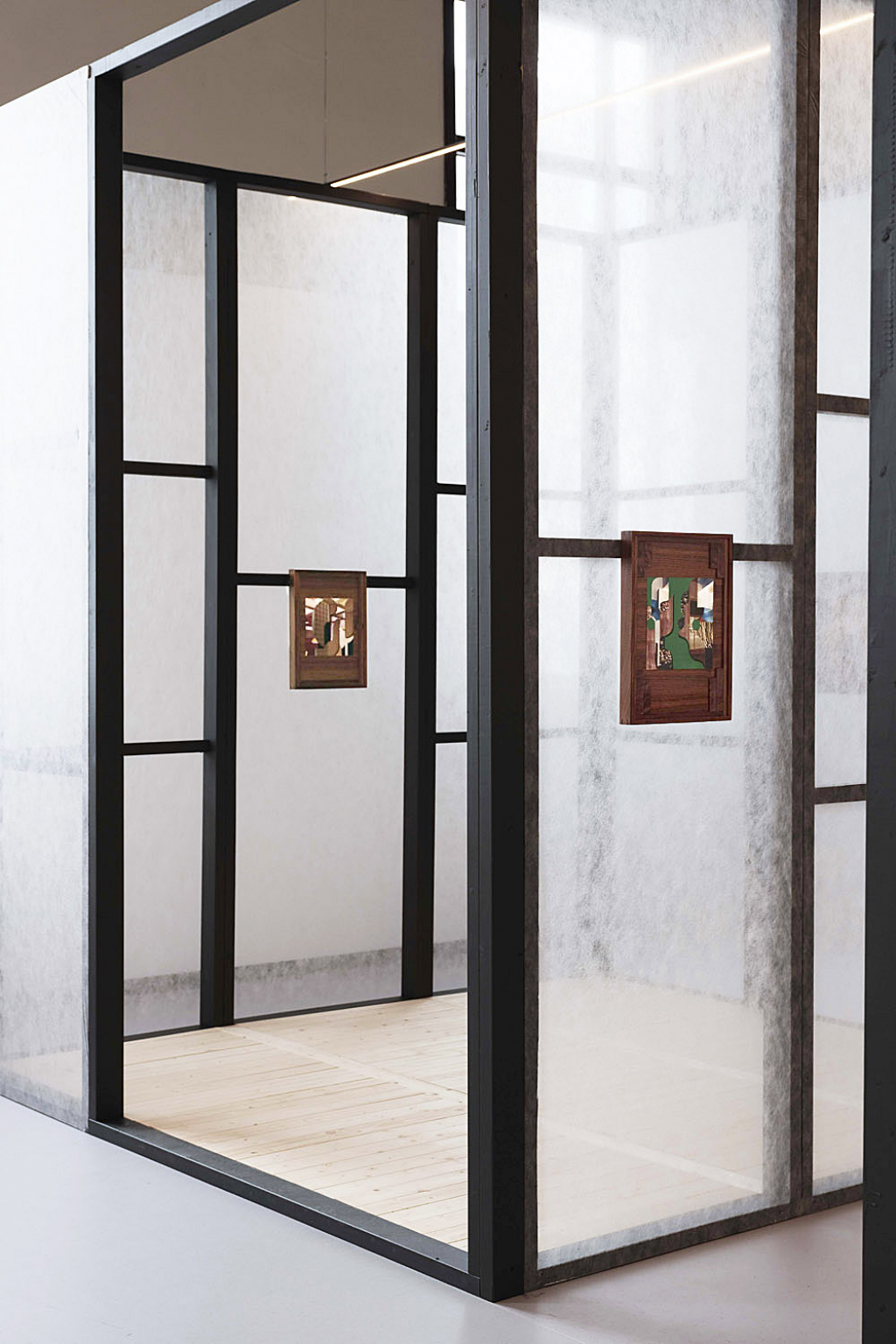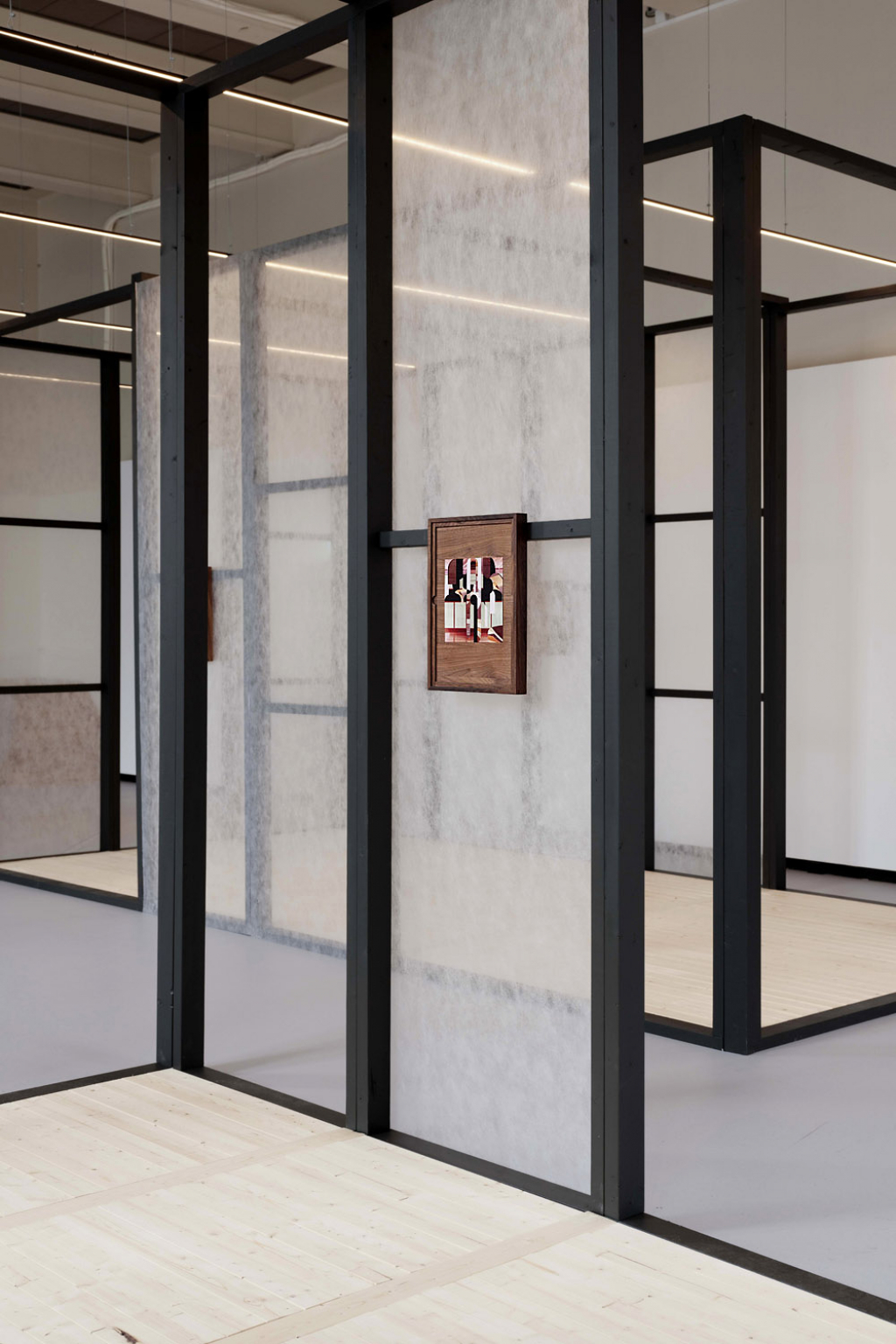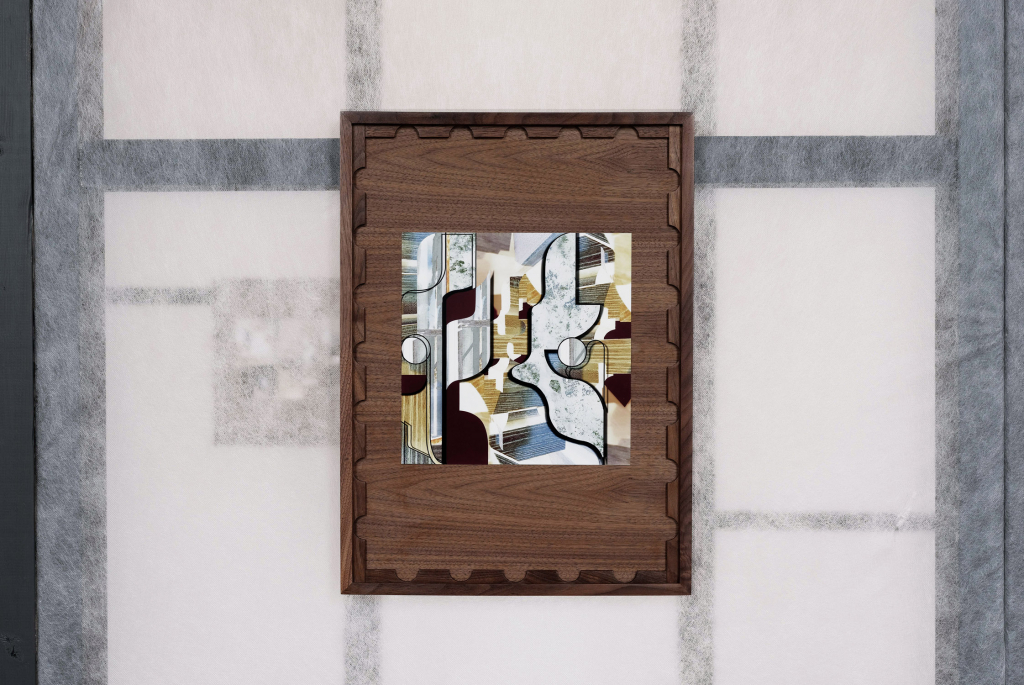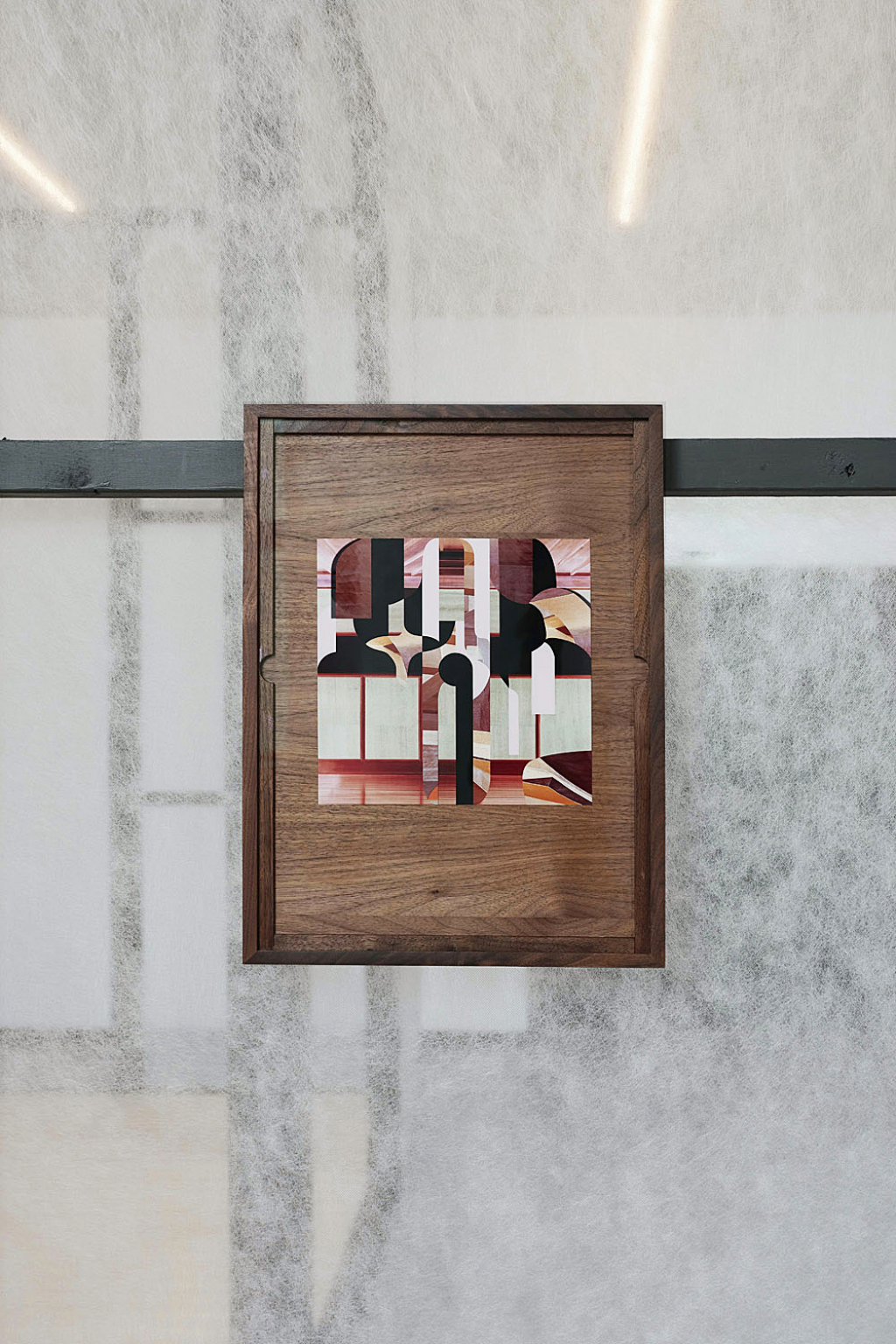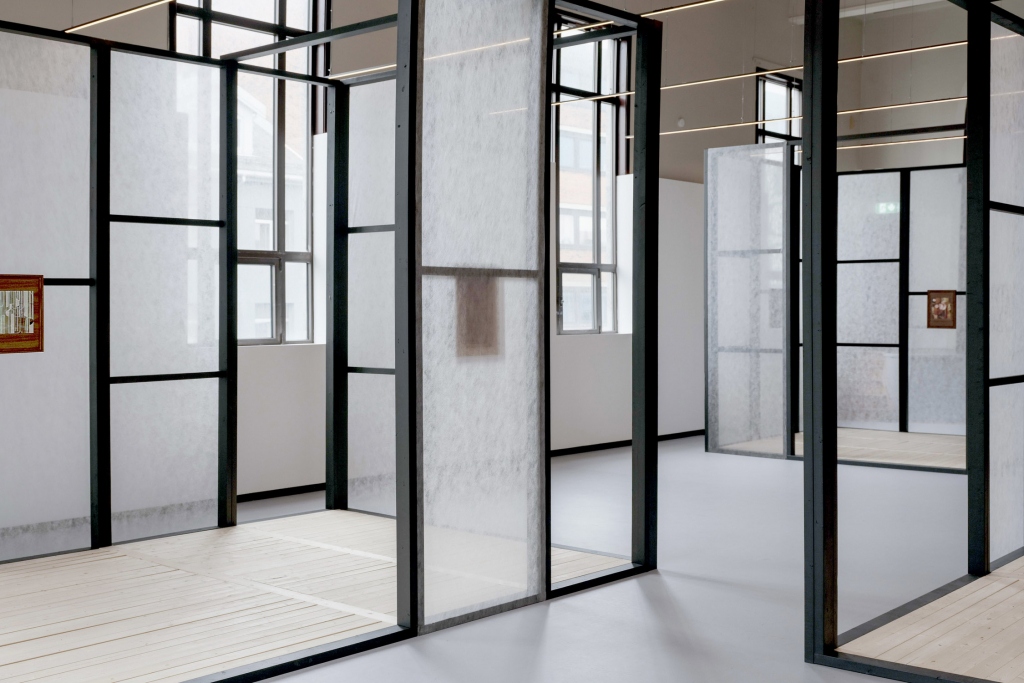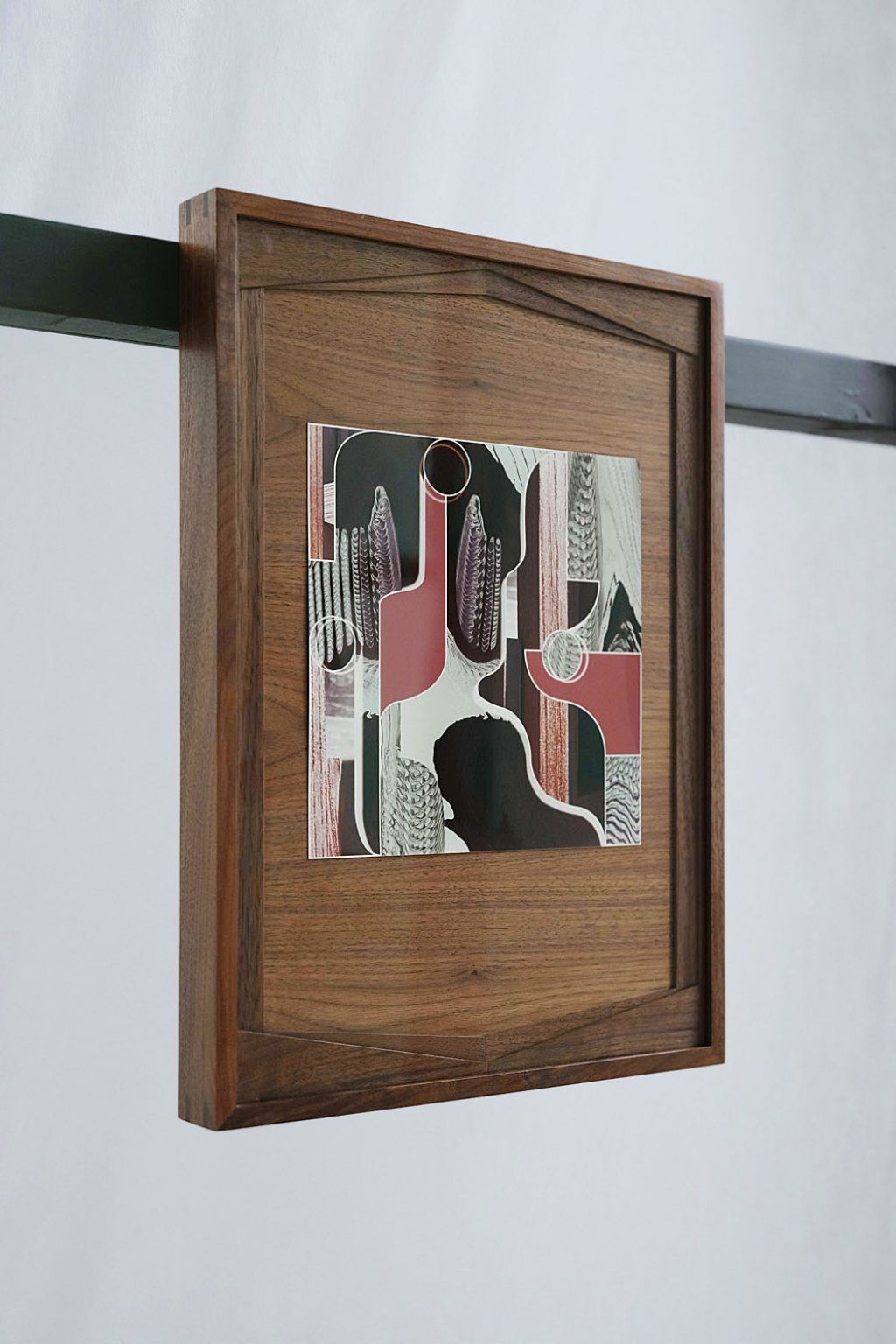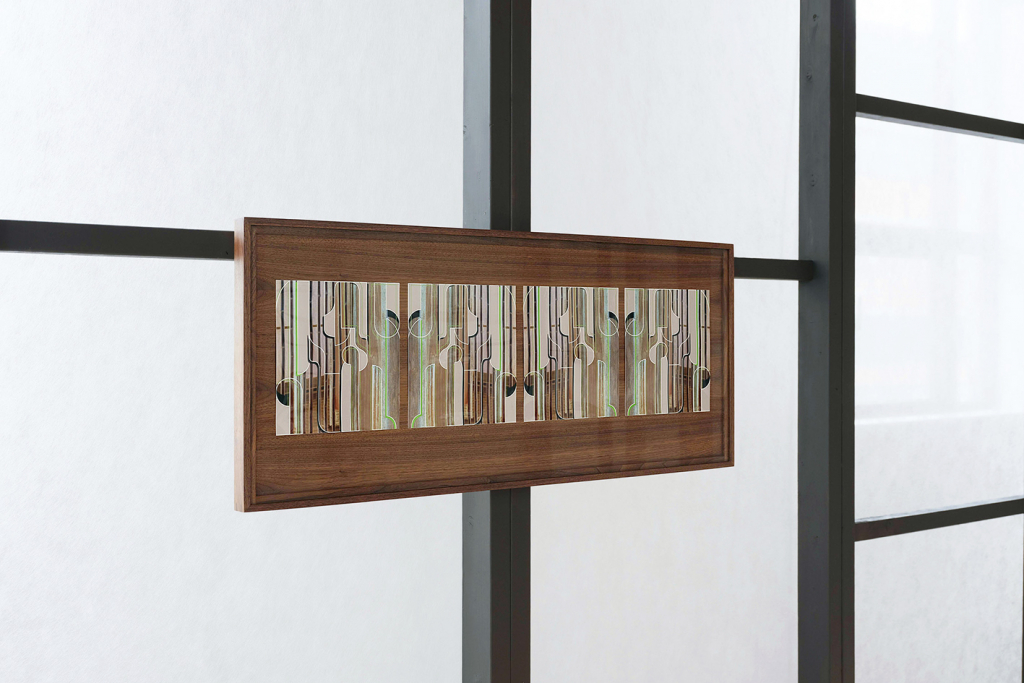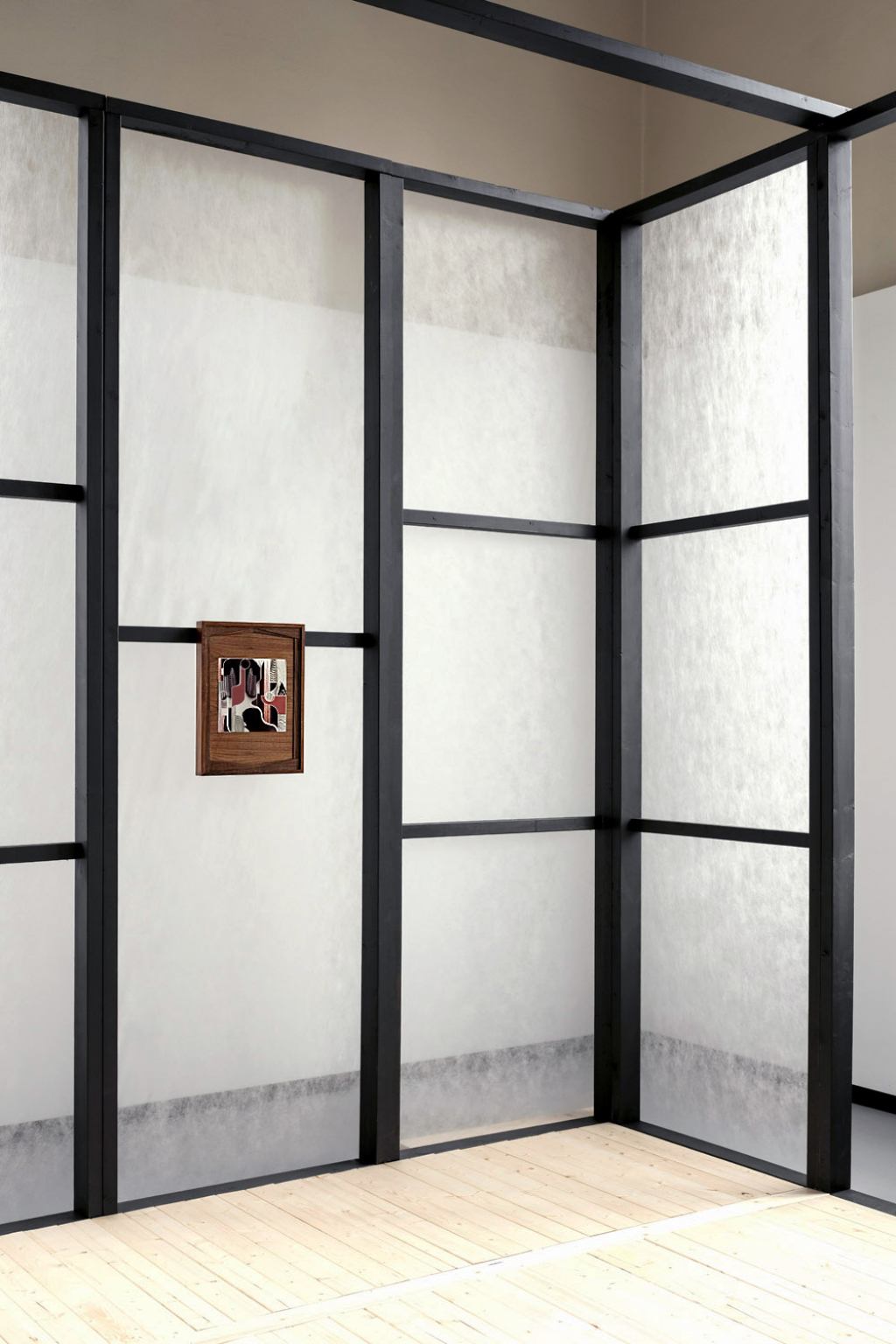An Alluring Maquette
At the heart of Klenz’ works are photographs of a little-known building in Japan by the German architect Bruno Taut (1880-1938). This building, the Hyuga Villa, stands as a testament to his attempts to break from the mould of modernist architecture and forge a more culturally sensitive method of architecture and design.
Taut was an early practitioner of modernist architecture, a style which gained prominence in the first half of the twentieth century and is associated with architects such as Le Corbusier (1887-1965), Walter Gropius (1883-1969) and Frank Lloyd Wright (1867-1959). Modernist architects believed that modernist form and function could fit to any place: its principles were conceived of as ‘universal’, its designs applicable anywhere. This early form of global architecture prioritised form over site or place. Instead of conforming to the ideology of standardisation based on Western norms and perceived notions of the superiority of the West, uniquely for Taut, form is of secondary importance while materiality and ‘the local’ are key.
A pioneering cross-cultural design, the Hyuga Villa (the only surviving building by Taut in Japan) fused traditional Japanese materials and craft with European modernist designs. In doing so Taut (and Klenz) points to the flaws in modernist architecture as a universal, repeatable and top-down style and instead champions a more fragmentary, diverse and localised view of what architecture could be. The Villa and An Alluring Maquette therefore show how architectural ideas can span geographies with sensitivity and care.
In several of the works, Klenz combines photography of Taut’s Villa with imagery of the wunderpus octopus, an animal found off Japan’s Ryukyu Islands. While traditionally interpreted as a defence mechanism, Klenz is interested in a theory by French literary critic Roger Caillois (1913-78) who suggested that animals move to and mimic places they find alluring. Klenz sees the wunderpus as a metaphor for Taut, who was ‘lured’ to Japan where he strove to copy and assimilate into local culture. By camouflaging itself, the wunderpus also becomes difficult to distinguish from its surroundings. Klenz plays with this visual effect as different parts of her compositions mingle and intertwine.
Surrounding the wunderpus and Taut, Klenz interweaves imagery of traditional Japanese tsugite and shiguchi joinery as well as suminagashi ink marbling and urushi lacquer painting techniques. Studying these during her visit to Japan, Klenz hereby inserts her own knowledge and appreciation for craft into the works. This extends to the intricately handmade wooden frames that surround them.
